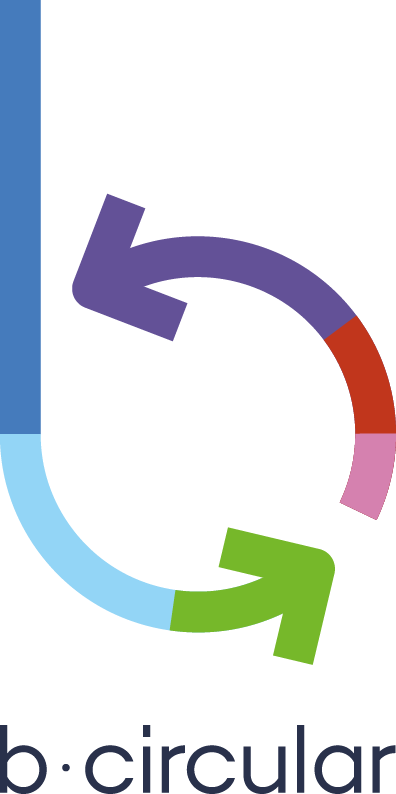
Sustainable and circular procurement: definitions and differences
Sustainable and circular procurement are closely related practices, but they differ in their approach and specific objectives.
Sustainable procurement focuses on the overall impact of a product throughout its life cycle, while circular procurement focuses on extending the product’s life and reducing waste through reuse and recycling.
What is sustainable procurement?
Sustainable procurement is based on the three pillars of sustainability: environmental, social, and economic.
Its goal is to minimise environmental impact, promote social responsibility, and support a sustainable economy by choosing products and services that respect the environment and ethical standards.
What is circular procurement?
Circular procurement is part of the circular economy and aims to make optimal use of resources and keep their value in circulation for as long as possible through reuse, repair, reconditioning, and recycling.
The goal is to extend the life of products, components, and materials by establishing closed loops where resources are continuously recovered and reused, thereby eliminating the concept of waste.
Circular procurement is a component of sustainable procurement.

Why sustainable and circular public procurement is essential ?
Every procurement decision is much more than a simple administrative act: it is a real opportunity to positively influence the market, encourage innovation, and steer the economy towards more sustainable and circular practices. In this sense, public procurement becomes a strategic lever available to local authorities to rethink their needs, priorities, and acquisition practices.
Local authorities, particularly municipalities, play a central role in the transition to a more sustainable economy. Public procurement accounts for a significant share of gross domestic product (GDP) at both national and international levels. Municipalities therefore not only have the power, but also the responsibility to actively contribute to this transformation by setting an example through the responsible use of public resources.
Adopting sustainable and circular procurement practices means using purchasing power to generate a positive environmental, social, and economic impact throughout the life cycle of products, services, and works. This involves taking into account not only price, but also criteria such as resource consumption, reparability, manufacturing conditions, proximity, and reuse.
What is Luxembourg’s strategy at municipal and national level?
National framework
In Luxembourg, the importance of sustainable and circular procurement for achieving national climate targets is enshrined in a favourable policy and regulatory framework. Several key pieces of legislation support this transition, including:
- Circular Economy Strategy Luxembourg, 2021
- Loi du 9 juin 2022 modifiant la loi du 21 mars 2012 relative aux déchets
- Accord de coalition du Gouvernement 2023–2028 (“Lëtzebuerg fir d’Zukunft stäerken”)
Municipal framework – the role of the Climate Pact

At the municipal level, the Climate Pact sets out the framework for promoting sustainable and circular procurement, in particular through measure 5.2.4 of its catalogue of measures dedicated to public procurement.
Sustainable and circular procurement helps to contribute to European and international climate targets and to the achievement of the United Nations 2030 Agenda, in particular the implementation of SDG 12 (Sustainable Development Goal).
b.circular: turning ambition into action
Objectives of the b.circular platform
The b.circular platform aims to make sustainable and circular procurement more accessible, understandable, and concrete for everyone.
Target audience of the platform
It is primarily aimed at public actors, in particular Luxembourg municipalities within the framework of the Climate Pact, but is not exclusively reserved for them. It is also aimed at all individuals or organisations wishing to integrate more responsible procurement practices into their daily lives or activities.
b.circular: turning ambition into action
Concerned product categories
Officially launched on Climate Pact Day on 6 June 2025, the new version of b.circular is now available online and offers practical support for the first three product categories:
- Office furniture
- Office supplies
- IT equipment
Evaluation criteria
In this first phase, the platform is based on four main dimensions, comprising ten key criteria for assessing the environmental, social, and circularity aspects of products. These criteria focus in particular on:
- Energy consumption and emissions
- The use of responsible resources (recycled, bio-based, designed for recycling, take-back service)
- Product lifespan and repairability
- Social and health aspects related to manufacturing and use
Users are encouraged to make choices based on their specific needs and are guided towards the most relevant criteria for each product category. These criteria provide a structured framework for more thoughtful, sustainable, and responsible procurement.
